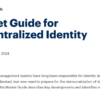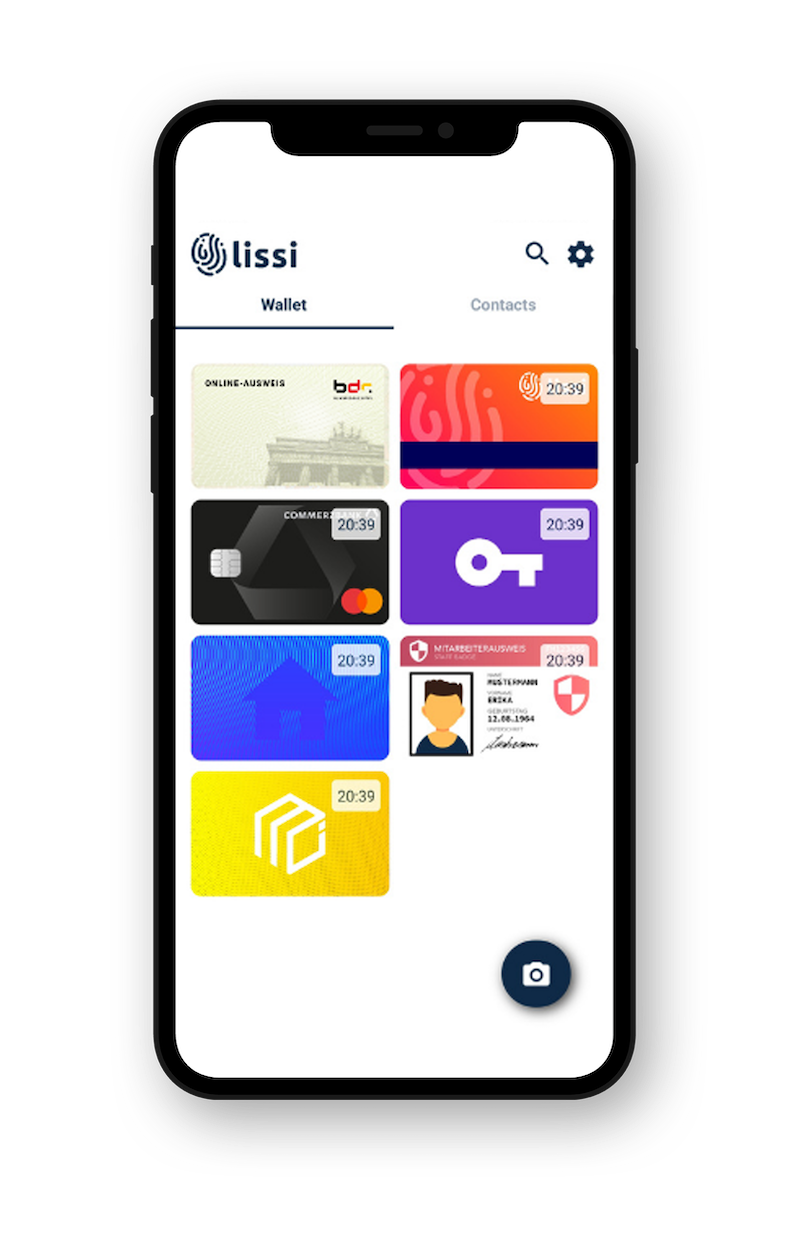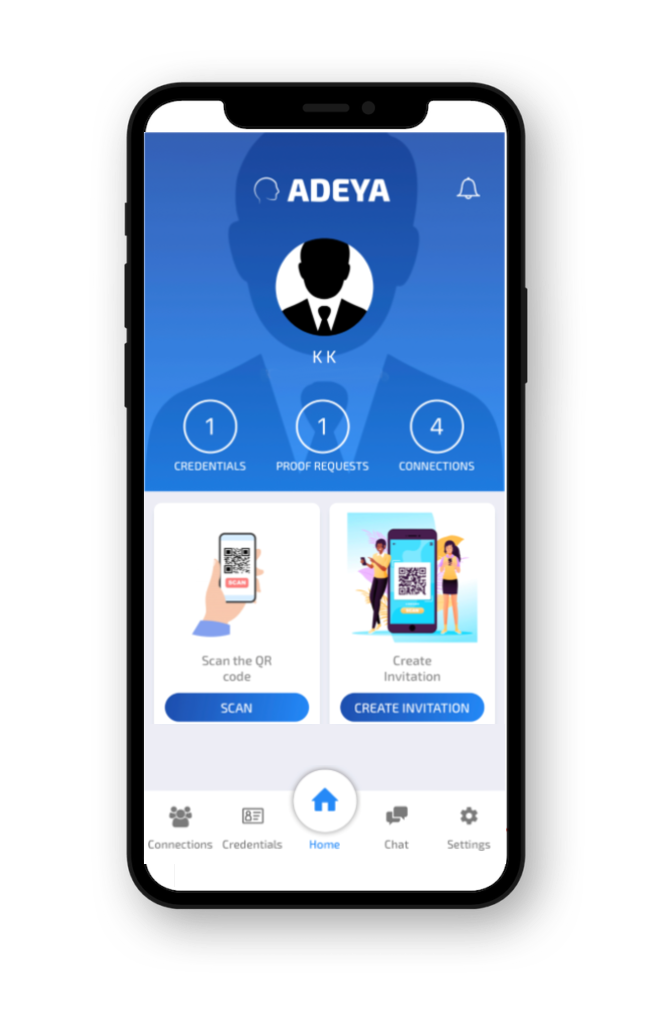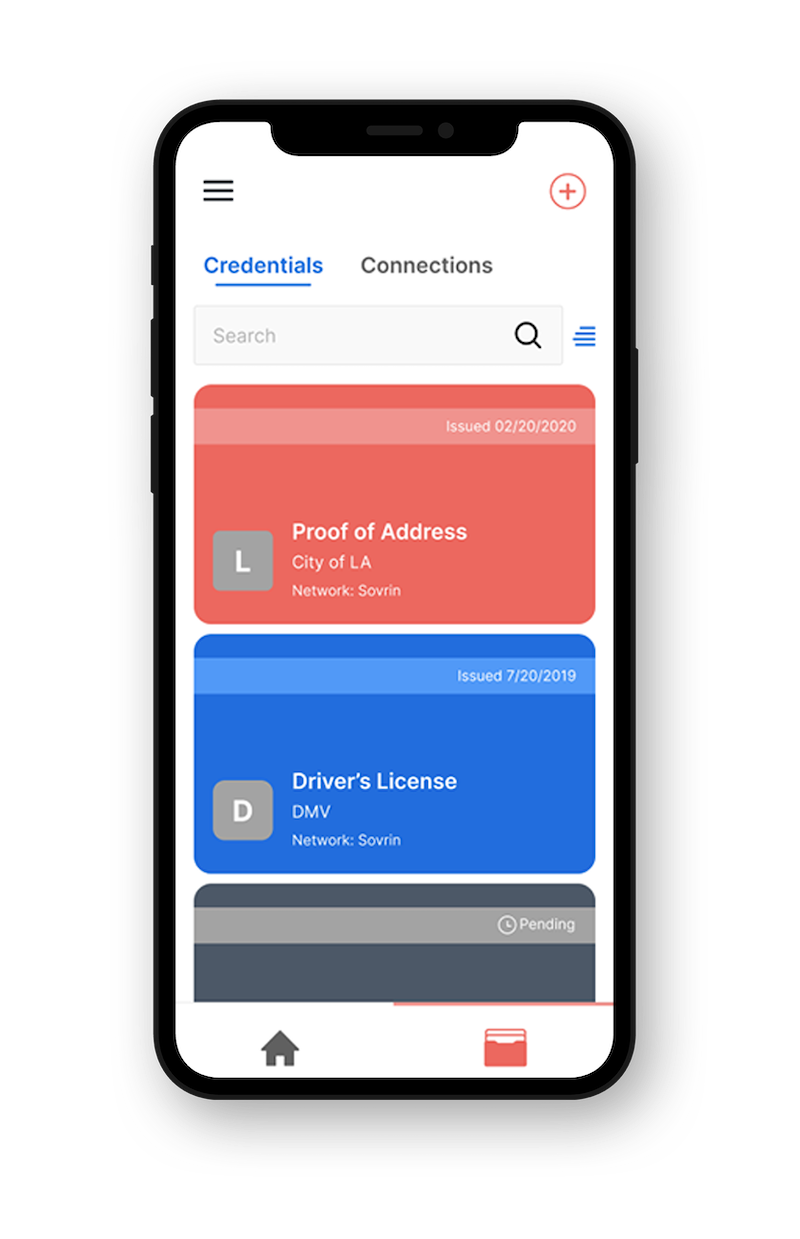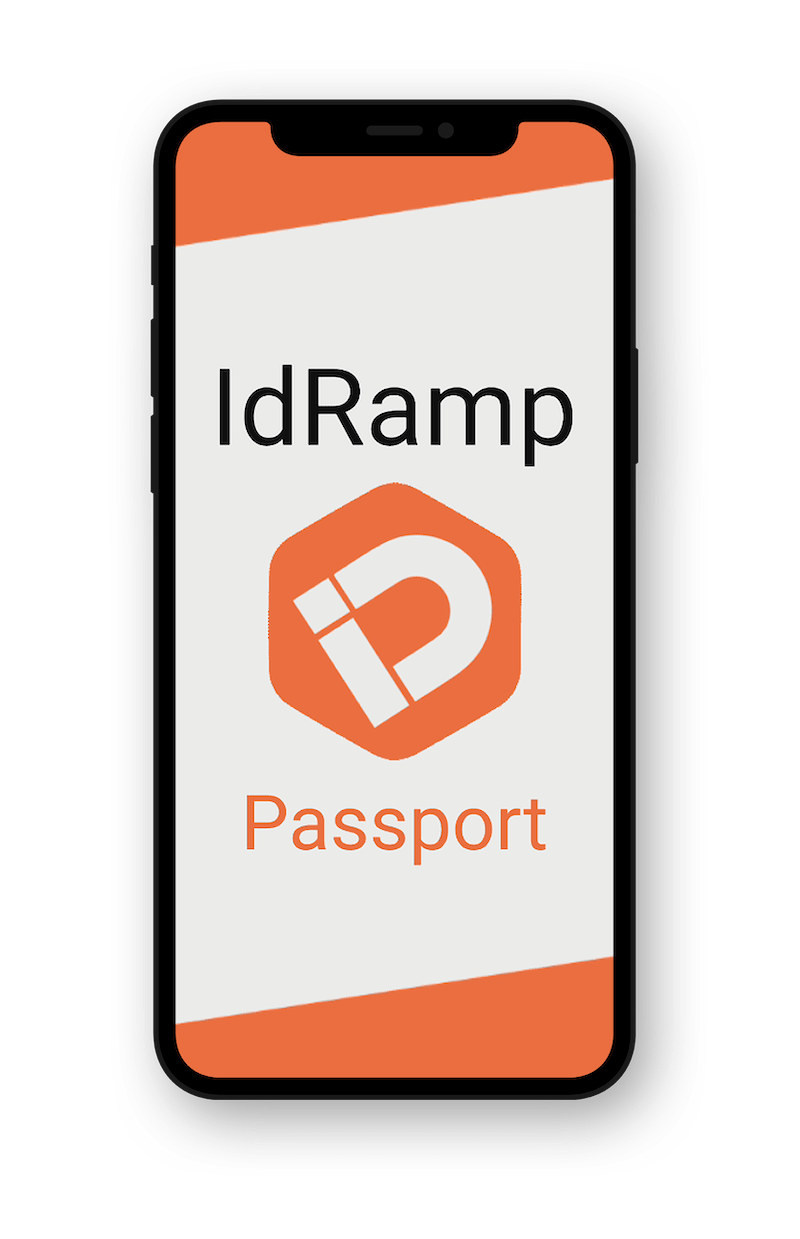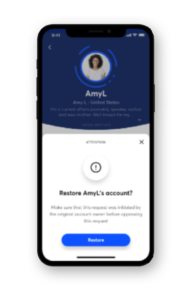Verifiable credentials allow you to cryptographically verify who issued information, and they allow you to know if that information has been tampered with. But what does this mean in a practical sense?
By Tim Spring
Recently our team was asked a question that we encounter, in different forms, all the time: “Well, what can we do with verifiable credentials?” Or, “Why would we want them?” The answer is so broad that we, typically, narrow it down by industry and offer some examples that make sense for that particular customer.
But really the answer is quite simple:
Verifiable credentials allow you to cryptographically verify who issued data, and they allow you to know if that data has been changed or tampered with.
In practical terms this means that, assuming the data has not been changed, you can trust the data as much as you trust the source. Once you have data that you know has not been altered, from a source you trust, the possibilities are close to endless, and our team had some fun contributing a — by no means exhaustive — list of examples of how you can use this technology across industries.
In the Public Sector
Replace your passwords with credentials
Unlike passwords, credentials cannot be lost, stolen, or copied, and don’t require your employees to remember them.
Access management
Both physical and digital access management can be done through credentials for enhanced security — and unlike access cards, credentials cannot be lost, stolen, or copied.
Manage social and welfare programs
By issuing each citizen a credential you can reduce fraud in aid / benefits applications.
Employment authorization
Ensure that applicants are eligible to work.
Manage travel
Verifiable credentials can replace passports and offer a faster, more secure way to cross borders.
Replace driver’s licenses
These licenses would be impossible to fake and offer a fast way to provide only the identity information necessary when needed.
Replace important personal documents
Marriage licenses, death certificates, social security information could all be digitized and more secure than a paper document that can be lost or damaged.
Proof of residency
By using credentials you could automate parts of the residency process and quickly verify status.
First responder credentials
Quickly ensure only authorized personnel are allowed access to emergency areas.
Replacement permits
Digitizing permits would speed up the process for checking that they are up to date and could notify holders when they are about to expire and need to be renewed.
Professional licenses
Know for certain that your doctor or lawyer is licensed, and allow the end customer to verify their credentials for themselves.
Certifications
Keep your certifications up to date and easily share them, as opposed to keeping them safe in a box somewhere.
Manage age restricted substances
By sharing identification through a credential you can be more confident that only people that are old enough are buying restricted products.
Healthcare
Access management
Better track who has access to what areas / controlled substances.
Patient health data
Remove the need for contacting a third party for medical history, have patients hold it themselves securely on a credential or be able to provide consent for other providers to access it.
Store insurance information
No more paper cards that can be lost or forgotten; instead, hold quickly transferable information in a credential.
Reduce liability
No more storing private patient information at the hospital, making it a target for bad actors. All personal identifying data should be stored with the patient, removing the need for storing or deleting data in a regulatory compliant way.
Enhance security
Verifiable credentials will let you know if their information has been copied, meaning even if they are obtained by bad actors they cannot use them without the system knowing and denying access.
Data sharing
The patient can choose to securely share only the data they deem necessary with the healthcare provider.
Travel and hospitality
Use a Digital Travel Credential
Scan and transform your passport into a verifiable credential (with liveness and biometric assurance) for check in and border crossing.
Manage check-in
Customers can pre fill out any information needed for their stay, recurring only a quick scan at the front desk to check in at a hotel or potentially just issuing digital room keys without a check in.
Digital room keys
Securely issue and revoke room keys directly to customers, reducing time spent at the front desk.
Store tickets on a credential
You can manage your airport experience through a credential, storing boarding pass info, passport info, and visa details in a way that is easily shareable.
Manage loyalty programs
Verified loyalty program holders can be offered special deals, quick and easy lounge access and more.
Reduce fraud
Credentials will immediately alert you if any information presented is fraudulent.
Reduce liability
Remove the need to store any customer information locally, which also removes the need to delete it in a regulatory compliant way.
Reduce the stress of travel
When traveling is easy and everything a traveler needs is accessible through one place on their phone they are more likely to do it more.
Reduce lines
A quick scan keeps the line moving much faster than a person checking every ID and document.
Financial services
Reduce fraud
Use verifiable credentials for frictionless, mutual authentication before any data is shared. A bank is able to cryptographically authenticate that it is interacting with a real account holder, and the account holder is able to authenticate that he or she is interacting with their bank.
Reuse KYC information
Credentials can be configured to store the information required for more complex financial transactions and a KYC credential is a way for a bank or its partners to reuse and share this information. If a third party trusts the original bank’s KYC process, they can trust the veracity of the KYC credential.
Provide more secure customer access
The customer can securely access their account without a username or password.
Use as a credit card
Credit card information can be put into a verifiable credential; virtual CC numbers can be used; temporary cards for one-time use can be issued as a credential.
Reduce the time necessary for larger transactions
Credentials remove the need to contact third parties to verify funds.
Data sharing
Know that any data shared with or between your team can be trusted.
Reduce liability
The customer can choose to disclose only the information necessary for a transaction, removing the need to securely store or delete customer information.
Retail
Track the origins of products
A verifiable credential can track a product back to who created it and let you know if something is a knock-off.
Provide better customer retention programs
Customer credentials allow you to better know who is shopping with you or visiting your store.
Employee management
Easily set which employees can access certain areas, manage payroll, or time clocks.
Mitigate chargeback fraud
Require pre-authorization of payments through verifiable credentials
Reduce liability
No need to store customer personal data in a regulatory compliant way, they will store it locally on their credential.
Education
Student awards and certificates
Quickly issue and securely store any awards a student receives from the school.
Student access management
Easily issue or revoke access to buildings or digital assets.
Diplomas
Issue verifiable certificates of completion that can be quickly shared with prospective employers, removing the need to contact the school.
School issued permits
Quickly issue and check parking permits, bike permits, and residential permits etc.
Reduce liability
Unlike passwords or keys these credentials can’t be misplaced, stolen, or copied, so you can be more confident that only students have access to school areas.
Reduce student stress
You can store all the classes a student has completed on a credential, streamlining the process for knowing which classes they are eligible to take next.
Faster data sharing
All the data a student accumulates through the education process can be stored on one credential, removing the need to look back through paper records.
As you can see this list very quickly stretches on — and we only briefly covered 6 industries! To oversimplify, if you would like to be able to immediately act on your data, reduce the liability of storing customer information, and have more confidence in your security, it may be time to look into verifiable credentials.
If you’re on the fence, or have questions about the technology our team would be happy to talk you through some options applicable to your organization. Get in touch here.




